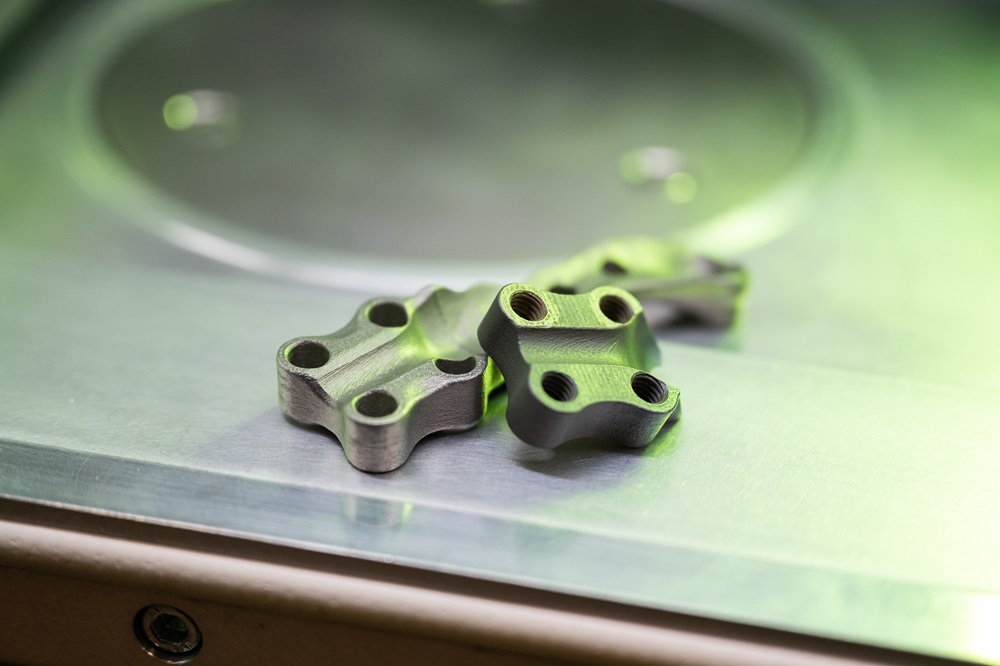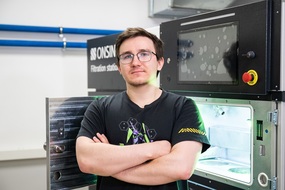A more efficient technology for producing a new generation titanium alloy has been proposed at the MISIS University. The results will allow for the future creation of stronger hip joint endoprostheses using 3D printing, which do not contain alloying components, do not cause negative immune reactions from the body, and take into account the physiological characteristics of patients. This will help avoid repeat implant replacement surgeries for many patients.
Modern joint endoprostheses materials have high strength and good integration in the human body, with an average service life of
“In typical cases, computer selection of endoprostheses occurs from a database of over 40,000 prostheses, without considering the physiological characteristics of patients, which requires additional time for the surgeon to accurately position the structure. Prolonged prosthetic placement during surgery increases the risk of infection, tissue damage, or complications related to the prosthesis. The main reason for such problems is the simple topology of the endoprosthesis,” said the head of the research Vasily Bautin, Ph.D., associate professor at the Department of Steel Metallurgy, New Production Technologies, and Metal Protection at NUST MISIS.
An international team of scientists from NUST MISIS and universities of Austria and Japan previously introduced a biomedical alpha-beta titanium alloy made from titanium, iron, copper, and tin with high mechanical properties and no components causing negative immune reactions. In a new study, MISIS University researchers studied the effects of selective laser melting on it. This process involves selectively melting layers of metal powder with a laser beam to precisely control the microstructure and properties of manufactured elements. Scientists identified the optimal manufacturing technological regime that produces samples most suitable in mechanical characteristics without cracks and with high corrosion resistance in biological environments. Details of the research are described in the scientific journal Heliyon (Q1).
“We evaluated the corrosion and antibacterial properties of the developed alloy. In the future, we will continue to study the effects of heat treatment regimes on the mechanical and corrosion properties of the samples obtained through 3D printing,” noted Vladislav Zadorozhny, Ph.D., associate professor at the Department of Physical Materials Science at NUST MISIS.
The identified optimal manufacturing regime can be useful in developing new biomedical alloys that will form the basis of personalized endoprostheses created using additive technologies to replace old-generation orthopedic implants.
“The MISIS University is a leading educational institution in our country in creating, implementing, and applying new technologies and materials. The research and developments of our materials scientists have received wide recognition and are actively used in industry both in Russia and abroad. Creating new materials with specified properties for medicine today holds one of the priority values for the national economy: biomedical engineering is a rapidly developing field requiring accelerated commercialization of new products and implementation of new technologies. The method of obtaining an alloy for endoprostheses developed by scientists at NUST MISIS under the guidance of Ph.D. Vasily Bautin will allow for the future creation of implants taking into account the individual characteristics of the patient, significantly reducing the number of revision surgeries,” noted Alevtina Chernikova, Rector of NUST MISIS.





